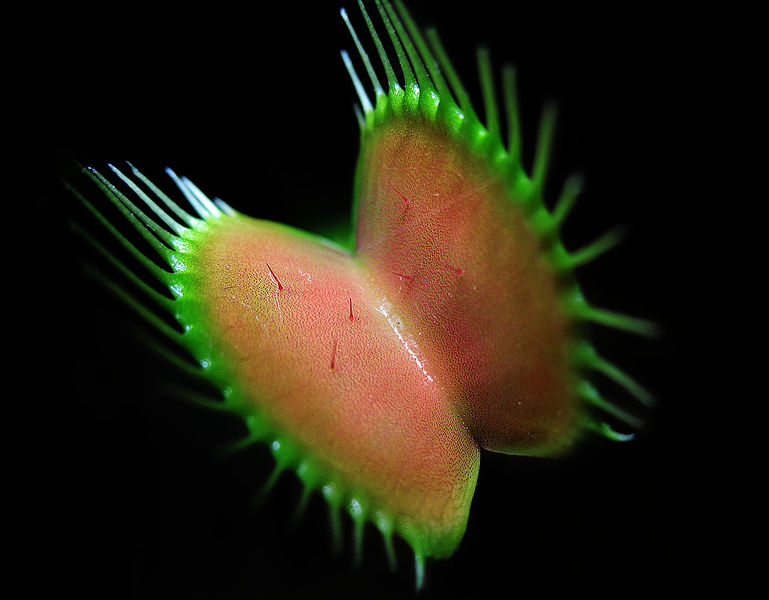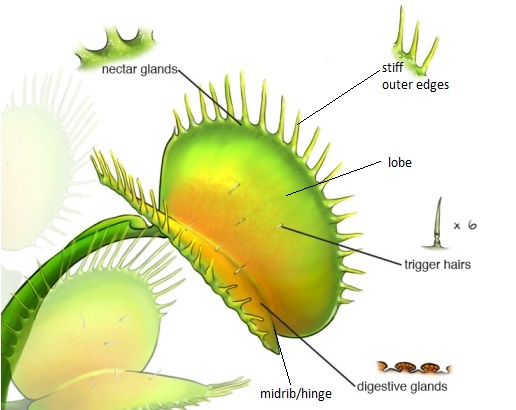Are you asking for 'venus trap photosynthesis'? You will find your answers right here.
Table of contents
- Venus trap photosynthesis in 2021
- Venus fly trap seeds
- Venus fly trap soil mixture
- Venus fly trap life cycle
- Biggest venus fly trap
- How does a venus flytrap work
- How do venus flytraps eat
- Venus fly trap information facts
Venus trap photosynthesis in 2021
 This image representes venus trap photosynthesis.
This image representes venus trap photosynthesis.
Venus fly trap seeds
 This picture illustrates Venus fly trap seeds.
This picture illustrates Venus fly trap seeds.
Venus fly trap soil mixture
 This picture demonstrates Venus fly trap soil mixture.
This picture demonstrates Venus fly trap soil mixture.
Venus fly trap life cycle
 This picture shows Venus fly trap life cycle.
This picture shows Venus fly trap life cycle.
Biggest venus fly trap
 This image demonstrates Biggest venus fly trap.
This image demonstrates Biggest venus fly trap.
How does a venus flytrap work
 This picture shows How does a venus flytrap work.
This picture shows How does a venus flytrap work.
How do venus flytraps eat
 This picture demonstrates How do venus flytraps eat.
This picture demonstrates How do venus flytraps eat.
Venus fly trap information facts
 This picture shows Venus fly trap information facts.
This picture shows Venus fly trap information facts.
What makes a fly trap different from other plants?
When plants don't have available sunlight, they are able to use their glucose reserves to create energy. The processes are exactly the same in flytraps as with other plants. What sets them apart, as well as other carnivorous plants, is the way that they take in the nitrogen needed for protein formation.
What kind of bugs live in Venus flytraps?
1 spiders 2 flies 3 caterpillars 4 crickets 5 slugs
Where can I buy a Venus Flytrap in NC?
Because of this, there is a hefty fine in the Carolinas for taking Venus Flytraps from their native habitats. But you can buy Venus Flytraps from any number of nurseries, and possessing one of these will not land you in trouble with the law.
Can a Venus Fly Trap be used for photosynthesis?
Yes Venus fly traps can photosynthesise to get energy. They mostly use the digested fly bodies as a source of nitrogen and other trace elements rather than a source of energy. Yes, Venus Flytraps are photosynthetic just like other green plants.
Last Update: Oct 2021
Leave a reply
Comments
Orina
23.10.2021 08:54Venus flytraps conduct photosynthesis like regular plants, but they appurtenance their diet with insects. Plant owners should beware of overstimulating a venus flytrap: after approximately 10 unsuccessful trap closures, the leaf testament cease to reply to touch and will serve alone as a chemical change organ.
Marfa
28.10.2021 03:15Spell bugs of complete types make sprouted this carnivorous plant's typical diet, surprisingly, there is.